Pet Dental Health Month is sponsored every February by the American Veterinary Medical Association (AVMA) and was launched as a way to bring awareness to the critical role that dental health plays in a pet’s overall health.
Each year, an abundance of both client and clinic-facing dental health resources are published, companies announce special savings on dental equipment and technology, and veterinary practices offer clients discounts on dental merchandise and procedures.
While these are undeniably great things to come out of the annual observance of #PetDentalHealthMonth, it’s important for all parties to be mindful that pets have teeth—and thus tooth-related problems—year-round.
Even when the calendar doesn’t read February, dental health serves as that pivotal piece in an animal’s overall welfare. In fact, even the official AVMA website cautions, “While February is National Pet Dental Health Month, dental health should be a daily ritual for pet owners all year long.”
With that comprehensive approach top-of-mind, here are 4 compelling reasons veterinary health professionals should feel compelled to be stewards of animal oral healthcare all year long!
1. Oral health problems are a pervasive issue. Focusing on them for only one month doesn’t add up.
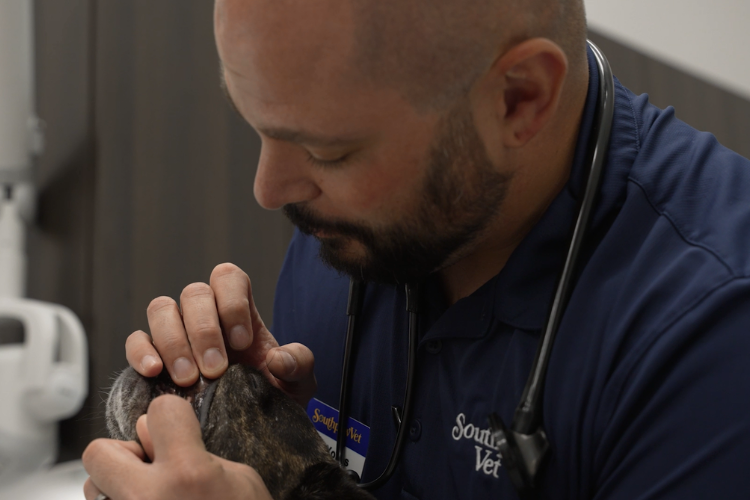
5 of the most common canine pathologies:
• Periodontal diseases• Persistent deciduous teeth
• Fractured teeth
• Malocclusions
• Oral masses
5 of the most common feline pathologies:
• Periodontal diseases• Juvenile gingivitis
• Tooth resorption
• Caudal stomatitis
• Oral trauma
With fractured teeth being found in nearly half of all companion animals, between 20 – 75% of mature cats being clinically affected by tooth resorption, and periodontal diseases affecting most dogs and cats of any breed and size, it’s clear that oral health issues are widespread, indeed.
2. Dental issues are painful for pets. Healthcare providers and pet owners have a duty to address these issues consistently.
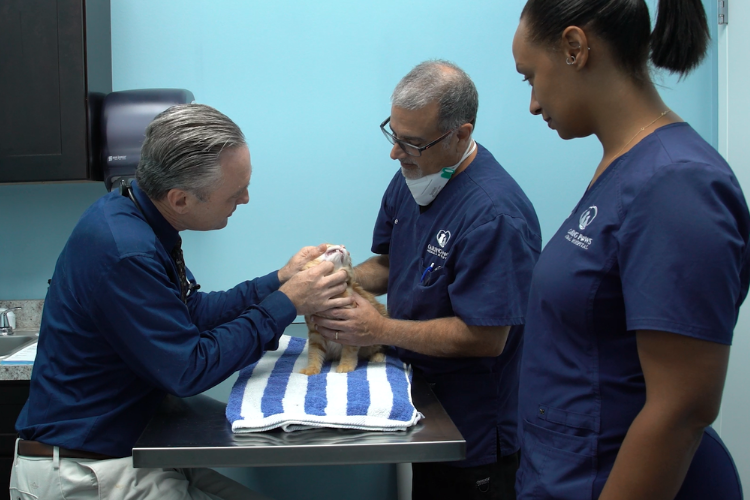
According to Drs. Gawor and Niemec, some ways to recognize oral pain include the absence of normal behavior such as grooming, and the presence of new behavior like aggression. In felines specifically, cats with oral disease can demonstrate complete or partial anorexia, weight loss, drooling, and poor grooming. A complete oral cavity assessment should include both a conscious and sedated examination, along with diagnostic imaging.
The doctors recommend the following pain management measures in dentistry:
• Pre-emptive analgesia• An adequate treatment plan
• Minimally invasive dental surgery techniques
• The implementation of an individualized pain management protocol
Oral disease and the suffering associated with it is a matter of ethics and welfare, and it is essential for patients to be treated outside of Dental Month alone.
3. An animal’s oral health impacts a pet’s overall wellness. If healthy pets are the goal, year-round attention is required.
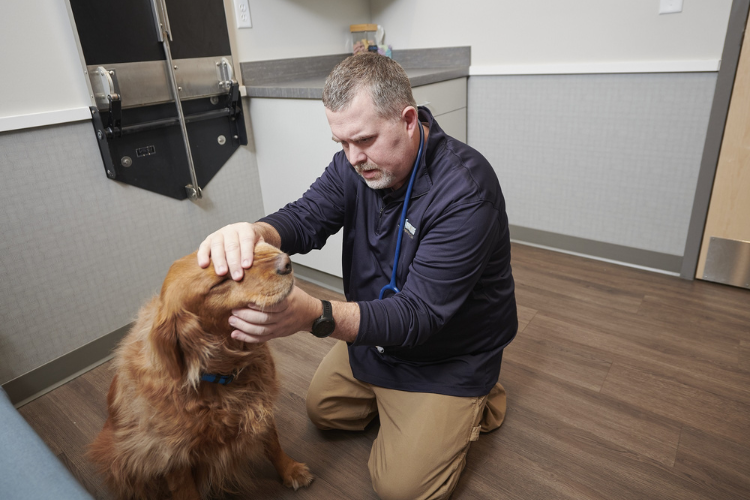
Local consequences of Oral disease:
• Abscesses• Mandibular pathologic fracture
• Ocular damage, eye loss
• Increased incidence of oral cancer
• Oronasal fistula
Systemic conditions that may be exacerbated by oral disease:
• Renal disease• Hepatic disease
• Cardiac disease
• Increased inflammatory markers
Recent research also indicates that inflammation from periodontal disease may also link this condition to other chronic issues including diabetes and heart disease. Because of the undeniable connection between oral health and all other vital body systems, Drs. Gawor and Niemec believe that every patient, at every visit, should receive a dental examination, and they urge pet owners to speak with their veterinarians about a complete oral exam.
4. There are straightforward at-home solutions pet owners can follow. This makes year-round attention a realistic goal.

Brush:
Enzymatic toothpastes and toothbrushes formulated for canines and felines, that provide natural antibacterial action and inhibit the formation of plaque. They act quickly and are safe for pets to swallow.
- Example: C.E.T.® Enzymatic Toothpaste
Bite:
Daily canine chews and feline bites that help reduce plaque and tartar. Chews like these use crunchy, abrasive textures that work with a dog or cat’s natural chewing action to loosen tartar and provide plaque control. They clean teeth, freshen breath, and feature healthy formulas with a low fat content.- Example: C.E.T.® Enzymatic Oral Hygiene Chews for Dogs
- Example: C.E.T.® IntelliDent™ Cat Bites
Bowl:
Specific solutions that can be added to a pet’s water bowl daily, that help control plaque and promote healthy teeth and gums. These unique formulations contain natural ingredients to help cleanse, freshen, and balance. Ingredients include Erythritol, a natural sweetener, insulin, a natural prebiotic, and Pomegranite extract, a natural antioxidant.Pet Dental Health Month provides the perfect platform for opening a dialog between veterinary professionals and pet owners, about the significance of oral health and its link to an animal’s overall wellbeing. It is also a wonderful catalyst for the creation of educational resources, and a great reminder for vet clinics to assess the status and effectiveness of their dental equipment and technology.
However, these are all important considerations to sink our proverbial teeth into far beyond the month of February. As February comes to an end, we hope this list and some of the statistics within it, provides you with a boost of motivation to become a year-round advocate for pet oral healthcare!
Please visit our Dental Month landing page for more information and resources.
Share
Related blogs
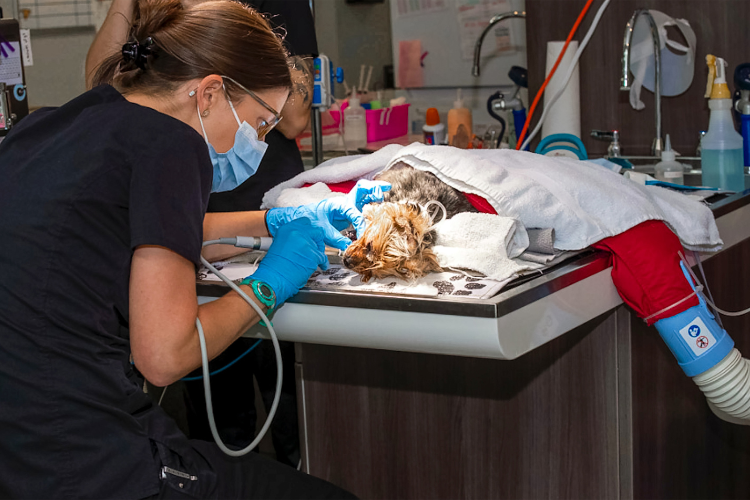
6 Sneaky Signs Your Dental Unit Might Need Maintenance
Issues with dental units can sneak up on veterinary practices. Even subtle problems can impact patient care and add stress to your practice. Fortunately, it’s possible to catch issues early! We've gathered six sneaky signs that can alert you to problems.
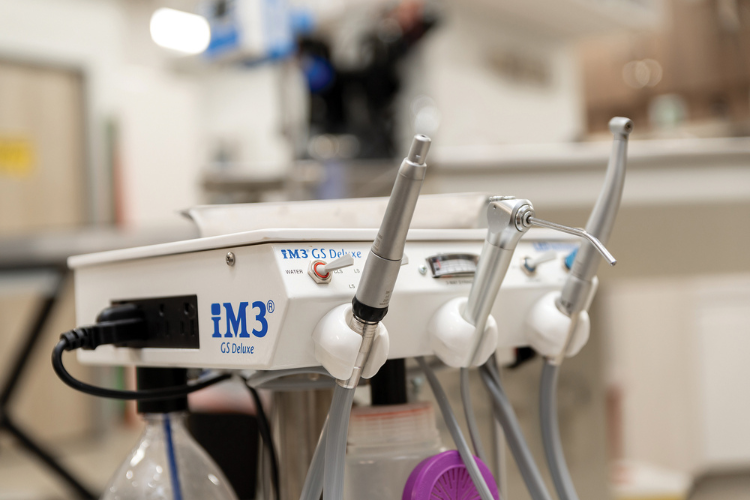
The Deluxe LED Bundle that Stands Apart
The iM3 dental unit is a mainstay in veterinary clinics worldwide. The GS Deluxe features robust construction and a simple design, with all the essential tools needed for dental care. Find out why we bundled this power couple, and what makes this particular combination an exceptional value for clinics of all sizes.
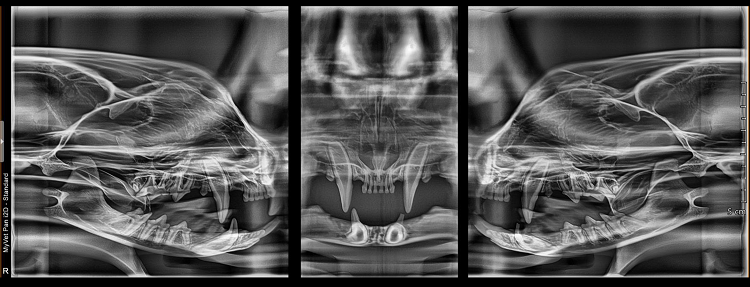
Full-Mouth Dental Radiographs: New Unit Captures Images in 20 Seconds
Full-mouth dental X-rays, faster than ever, and the highest quality resolution? Technology has come a long way, and #DentalMonth is the perfect time to share an overview of the impressive new Pan i2D system for dental X-rays.
